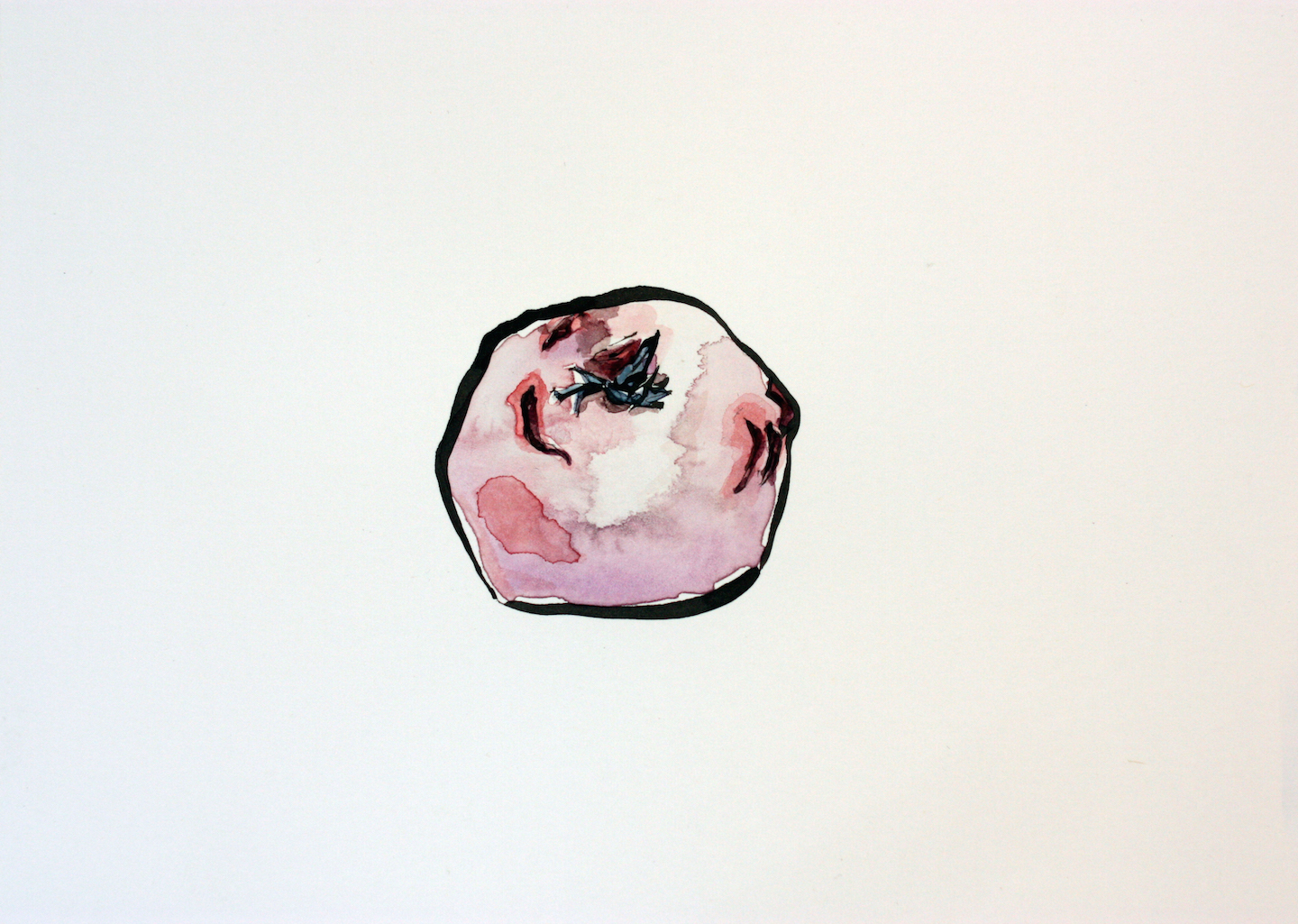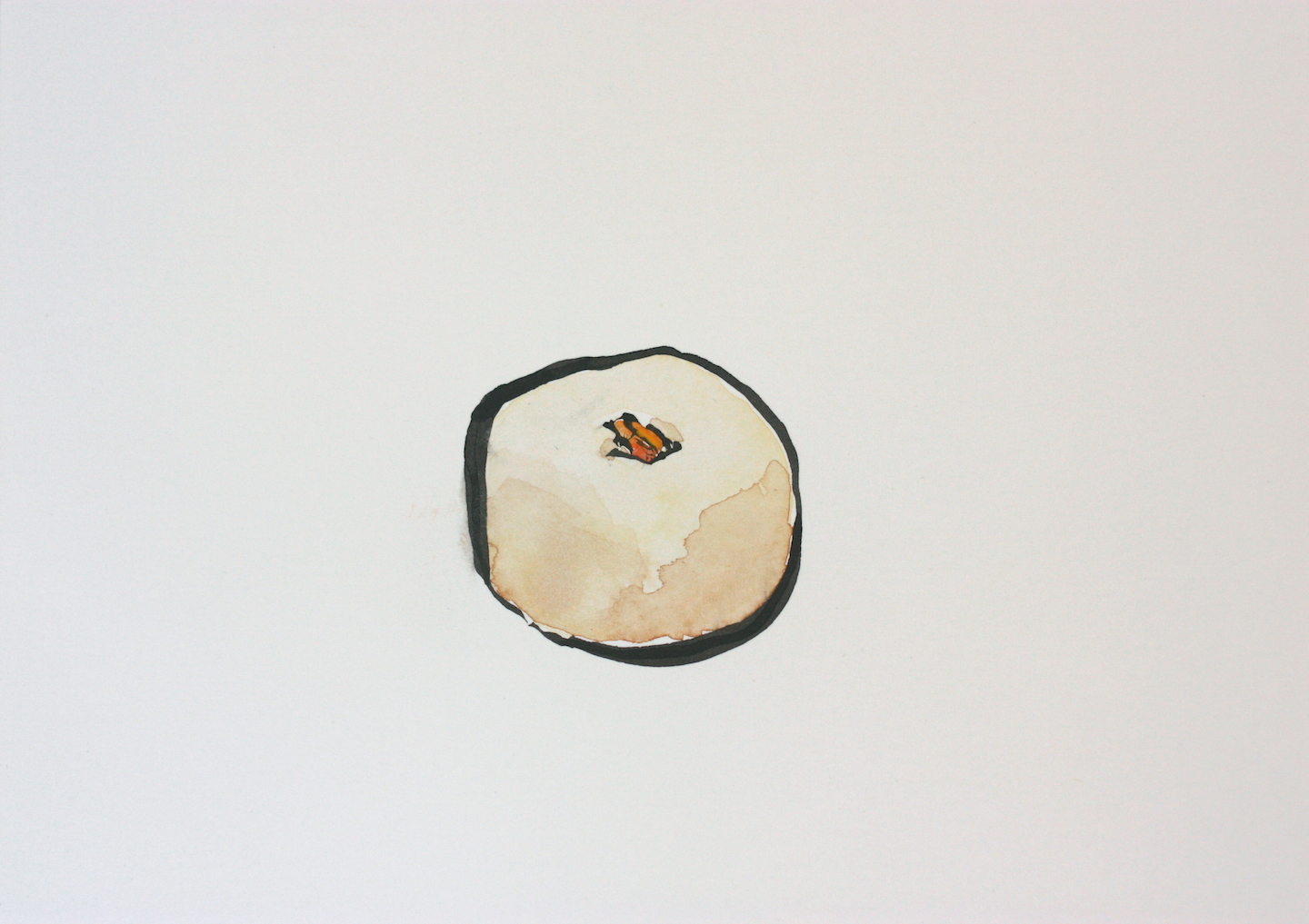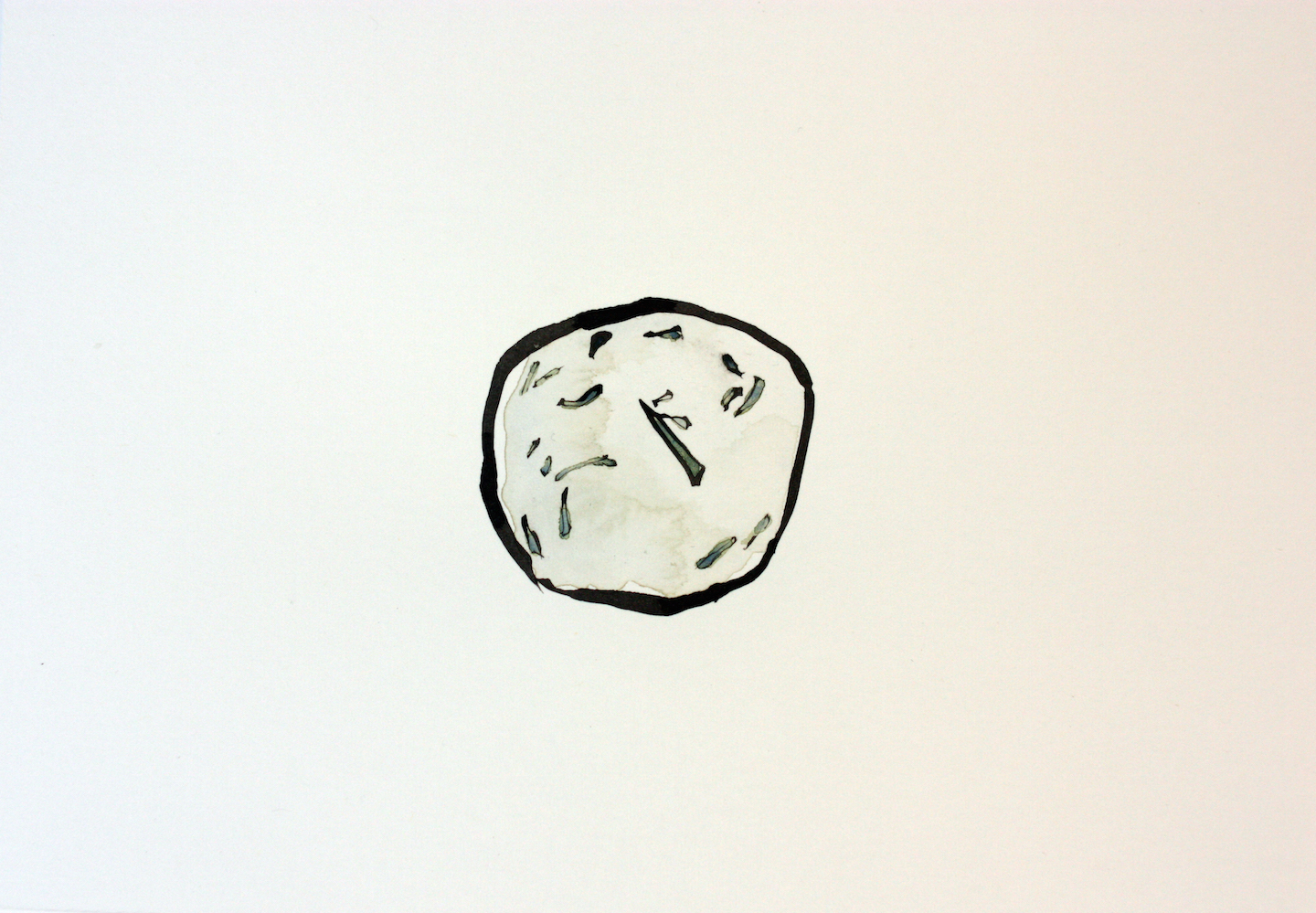A few weeks ago, back-to-back interviews seemed to go well with all 5 people so I went home and immediately painted personalized etegami ["painting-letter"] thank you notes, recalling something specific, (mostly) something funny/fun, from our conversations ("interviews"). The next morning I went to the post office right when it opened to send them off.
I started this job about a week ago...never heard anything about the cards, but I didn't want to be pushy. A few days in I asked if they had received their cards, and they didn't know what I was talking about. Turns out snail mail goes to a floor inbox that nobody checks anymore since everything is done by email! Well, good to know I got the job for other reasons. Also, thank you to my friend Emilie who recommended sending emails AND thank you notes- at least they got the emails!
Lesson #1: follow practical advice from experienced, smart friends!
To the GAP Japan website designer
Each person seemed really pleased with their card, and seeing them smile made me happy. It was certainly worth the effort, even if the rushing-to-the-post-office part was unnecessary. The delay wasn't bad afterall since I got to see their surprised & happy reactions! It was exciting to see that they all put their etegami up on the wall by their desks.
Lesson 2: My ideal timing isn't necessarily God's ideal timing.
To the marketing director, whose mom recently sent her a picture of brushes she didn't know what to do with.
So far I love the job. The people, work, building, environment...all of it together is FUN. Some people would instantly fall asleep thinking about Japanese translating/copywriting all day, but I love it! I work on a computer but since I'm also interacting with people a lot it's the perfect balance for a social introvert.
If I go in early, I get off early enough to come home and keep up with painting (plus chores and daily life responsibilities, I suppose). It's quite an adjustment not being around to cook, clean, and spread chores/errands out throughout the day. Thank God (literally!) for kindness and patience from my husband. Needless to say, our home has seen better days.
For now, the emotional roller coaster of a job hunt is over. Jobs that I thought were good for me were not good in God's eyes because:
“For the Lord God is a sun and shield; the Lord bestows favor and honor. No good thing does he withhold from those who walk uprightly. {Psalm 84:11}”
Lesson 3: My idea of a "good thing" isn't necessarily God's "good thing."
[Part 2] to come about funny surprises at work. Then more on an etegami painting class and a future art exhibition in SF! Whew, what a week!























